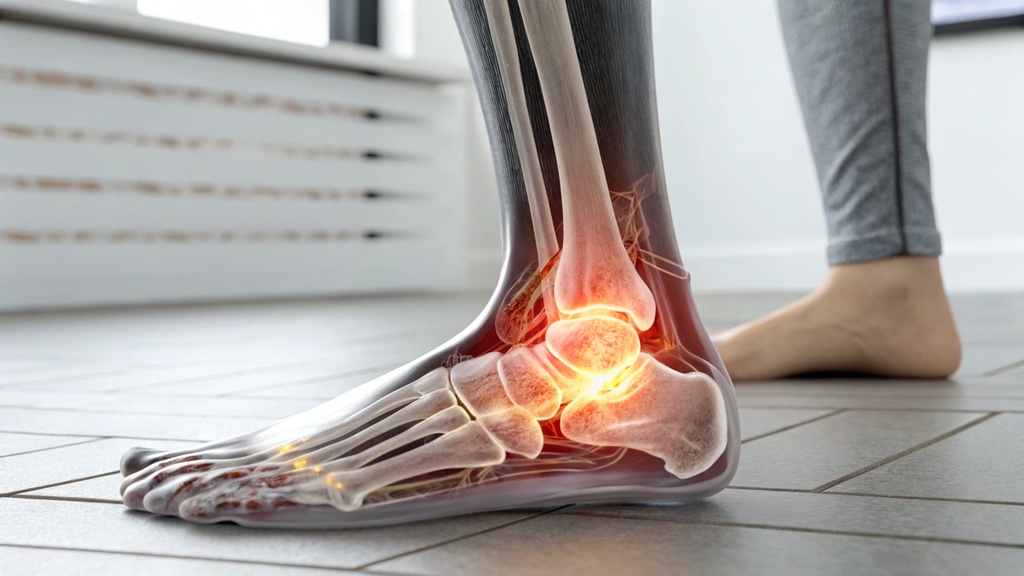
The foot’s complex architecture absorbs endless miles of pounding pavement across a lifetime. Nonetheless, variety emerges on how evenly body weight transfers through the structures cushioning each step. High, normal or flat foot alignment develops naturally although extremes invite pain or mobility issues over years. What do the different arch types signal and when might treatment help?
Understanding Healthy Arches
The foot’s longitudinal arch runs interior along the sole. Rigid bones anchor either end while a resilient ligament called the plantar fascia forms the bridge in between. Intrinsic muscles fine tune posture reacting to terrain.
Ideally, moderate height fills space under mid-foot averaging around half an inch off the ground when standing evenly balanced. Shock disperses smoothly, joints glide through full range of motion, and gait mechanics normalize absorbed forces, minimizing damage accumulating over decades spent upright mobile.
When Arch Architecture Shifts
Genetics primarily determines arch formation, which further evolves based on age and activity. Three loose categories emerge:
High-Arched Feet (Pes Cavus)
A rigid, exaggerated arch over a half an inch tall prevents shock absorption as less sole contacts the ground. Body weight concentrates along the outside ball-of-foot and big toe joint, often triggering pain, calluses, or hammertoe misalignments. High arches contribute to ankle instability and stress fractures, too. Custom orthotics cushion while shoes prioritize flexibility. Surgery reshapes bone in severe bunion cases when conservative care fails.
Normal Arch
The happy medium spans a spectrum of serviceable function where ideal arching adequately distributes weight across resilient structures. Normal arches tolerate average activity absent pain or strain, though remain at risk if core strength and flexibility wane and allow posture to collapse.
Flat Feet (Pes Planus)
Minimal to no space shows under mid-foot where structures tightly bunch up or collapse completely. Intrinsic muscles weaken, failing to support graceful mechanics. Rigid overpronation twists feet, shins and knees exhausting surrounding tissues triggering inflammation or arthritis over years. Orthotics rebuild stability while physical therapy stretches contracted ligaments rebalancing gait.
When Flat Feet Cause Concern
Most children naturally exhibit flexible flat feet as youthful ligaments remain elastic, which tighten and form better arches by ages 6-10 years. Lingering flat foot laxity past puberty causes adults more problems, including:
- Pain – Fat pads bruise along hardened metatarsals without ample padding. The posterior tibial tendon perpetually overworks trying to stabilize disjointed mechanics. Inflammation ignites multiple points.
- Poor Circulation – Bones and tissue compressed flat slow venous return. Blood pooling increases the risk of neuropathy, particularly in diabetics.
- Gait Abnormalities – Feet splay outward, losing propulsion and forcing knees, hips and back to overcompensate. Imbalance rises, risking falls or additional joint deterioration over decades.
Seeking Specialist Care
Schedule an exam with a foot and ankle specialist like those at Beyond Podiatry if flat feet cause:
- Pronounced overpronation observed walking.
- Unrelenting foot soreness.
- Numbness or burning sensations.
- Impaired mobility or chronic strains above the ankles.
- Worsening posture/alignment over time.
Conservative treatments aim to restore stability and alignment, preventing further damage. Prescription orthotics optimally rebuild arch integrity offloading pressure. Bracing stabilizes ligaments while physical therapy stretches rigid structures and strengthens atrophying support muscles. Steroid injections or shockwave therapy calm inflammation enabling restorative mobility work. Surgery tightens or repairs severely lax tendons or rearrange bone sections in severe deformity cases only after exhausting nonsurgical options first.
Conclusion
The foot’s medial arch naturally varies in height, distributing body mass across duration. Extreme flat or high configurations often trigger imbalance, pain and mobility limitations into aging years. But timely orthotic and rehabilitative care restores healthier alignment and joint function for comfortable decades ahead even once posture starts falling apart. Prioritize preventative core fitness, restful recovery and customized support centering steps in the right direction.


